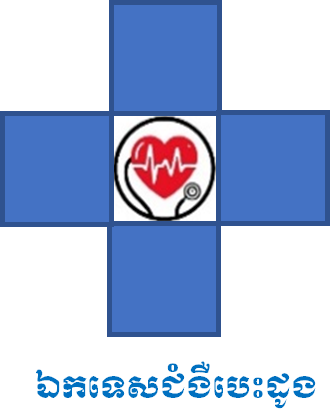Understanding Chest Pain: A Doctor’s Perspective
Chest pain is a common and concerning symptom that can arise from various causes, ranging from minor muscle strains to life-threatening cardiac events. From a physician’s standpoint, evaluating chest pain requires a systematic approach to differentiate between benign and serious conditions. This resource offers insights into chest pain from a doctor’s perspective, emphasizing the importance of timely diagnosis and appropriate management.
This information is for educational purposes only and should not substitute professional medical advice. Consult a qualified healthcare provider for any health concerns.

The Patient’s Interrogation:
The doctor gathers information on medical history by asking key questions on:
- Pain Characteristics
- Associated Symptoms
- Timing and Triggers
- Risk Factors: Pre-existing medical conditions, current medications

The Physical Examination:
A thorough physical examination is essential. Doctors will:
- Listen to the Heart and Lungs
- Check Blood Pressure and Pulse
- Palpate the Chest Wall
- Examine Other Relevant Areas: Depending on the suspected cause, the doctor might also examine the abdomen, neck, or extremities.

Diagnostic Testing:
Based on the patient’s history and physical exam findings, specific diagnostic tests may be ordered:
- Electrocardiogram (ECG/EKG): A crucial test to assess the heart’s electrical activity. It can detect heart attacks, arrhythmias, and other cardiac abnormalities.
- Blood Tests: Cardiac enzymes (e.g., troponin) are measured to assess for heart muscle damage. Other blood tests may be done to evaluate for other conditions.
- Echocardiogram: An ultrasound of the heart to assess its structure and function.
Additional tests are requested in some circumstances:
- Chest X-ray
- Stress Test
- CT Angiography

